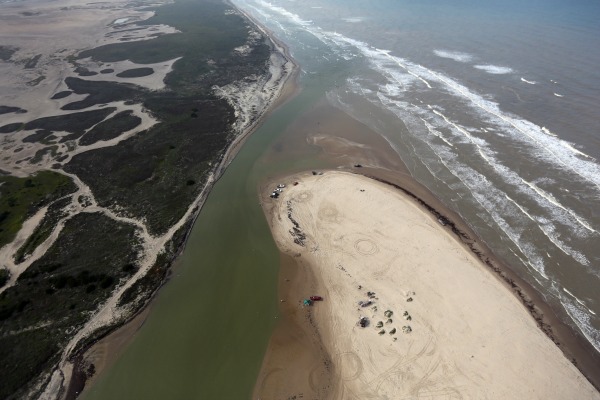
To describe changes in freshwater inflows to restore or conserve estuarine health, proper river and its associated wetland’s function, environmental flow definitions must be determined and developed (Acreman et al. 2004). In Texas, Senate Bill 3 recommended developing flow standards using an environmental flow regime, which is a schedule of the flow quantities that are satisfactory to maintaining a sound ecological environment for the persistence of key aquatic habitats (Brandes 2009a). Therefore, flow standards should mimic natural flow patterns to maintain ecological health, which is a new freshwater management strategy (Poff et al. 1997). A sound ecological environment should support native species, key habitats, key features of the natural flow regime needed for species life cycles, and sustain key ecosystem services (Brandes 2009a). Analyzing changes in freshwater inflows and the responses from other environmental components in estuarine ecosystems can provide the information necessary to create flow standards. The general methods to determine flow standards are management strategies that can be described and repeated.